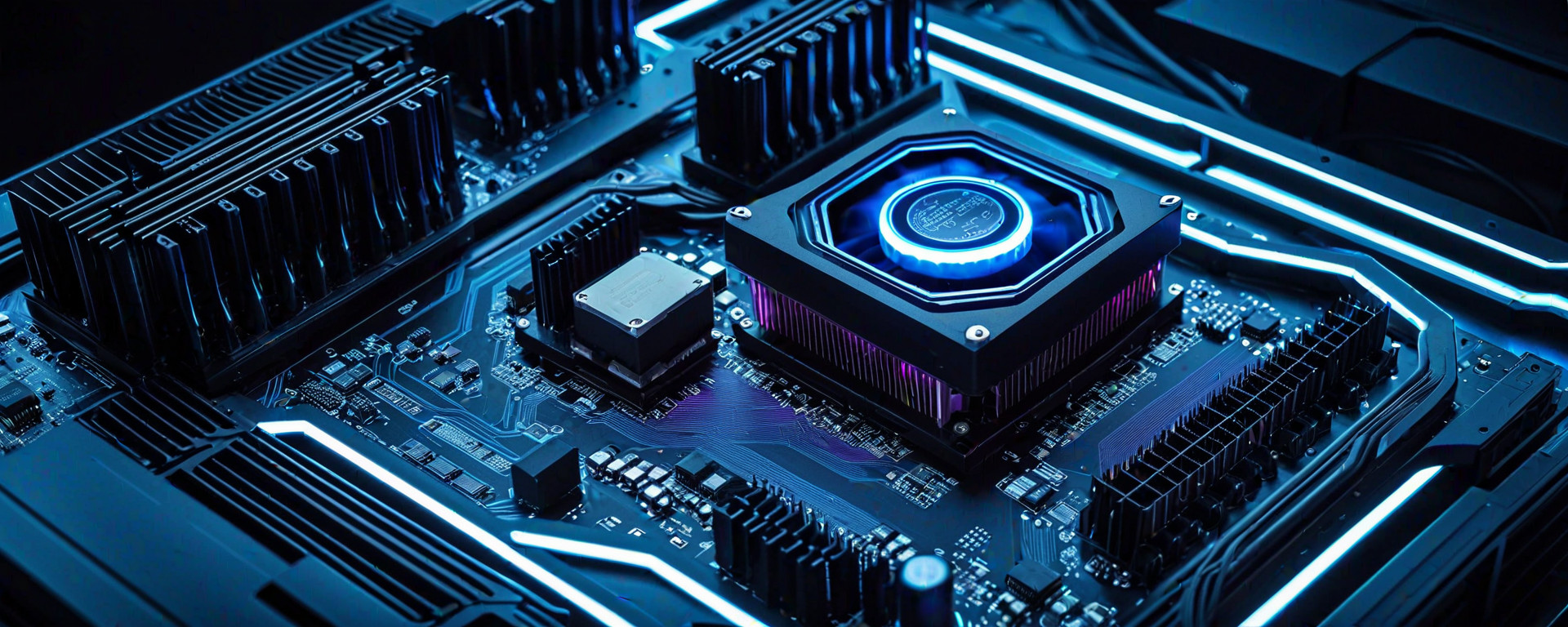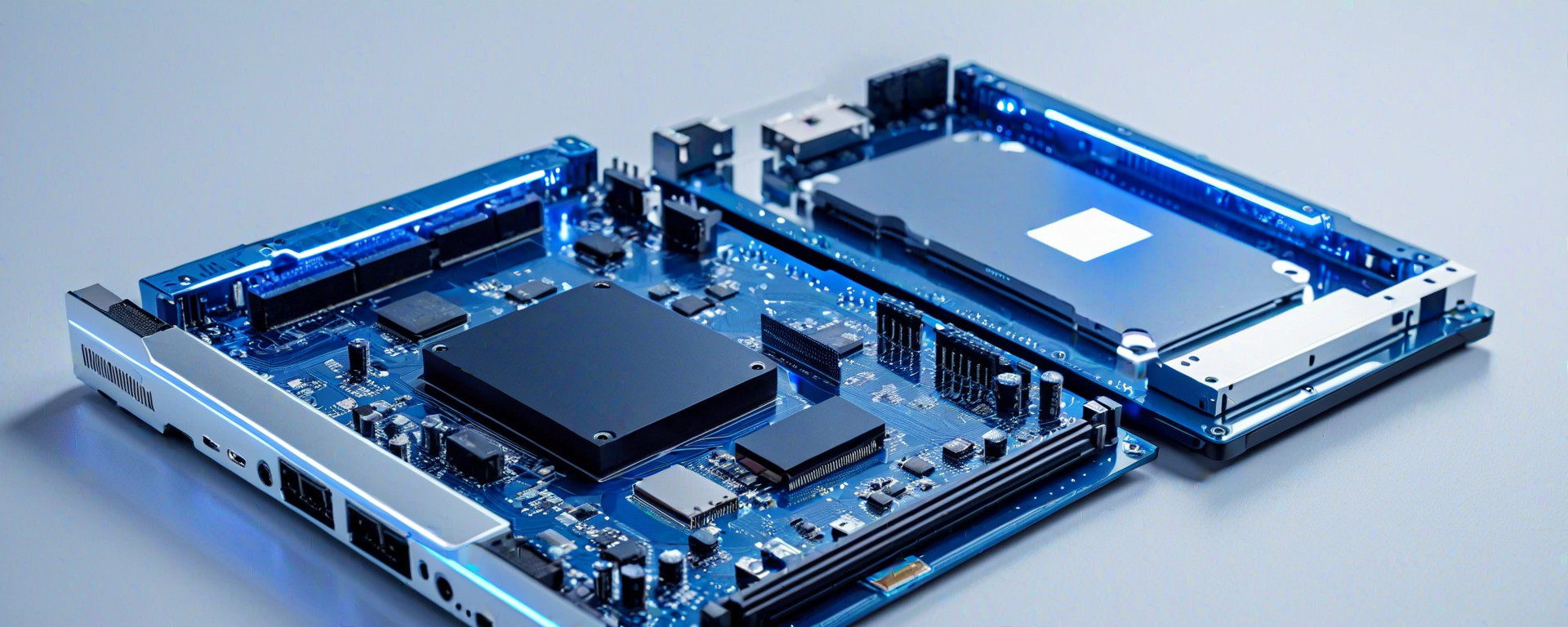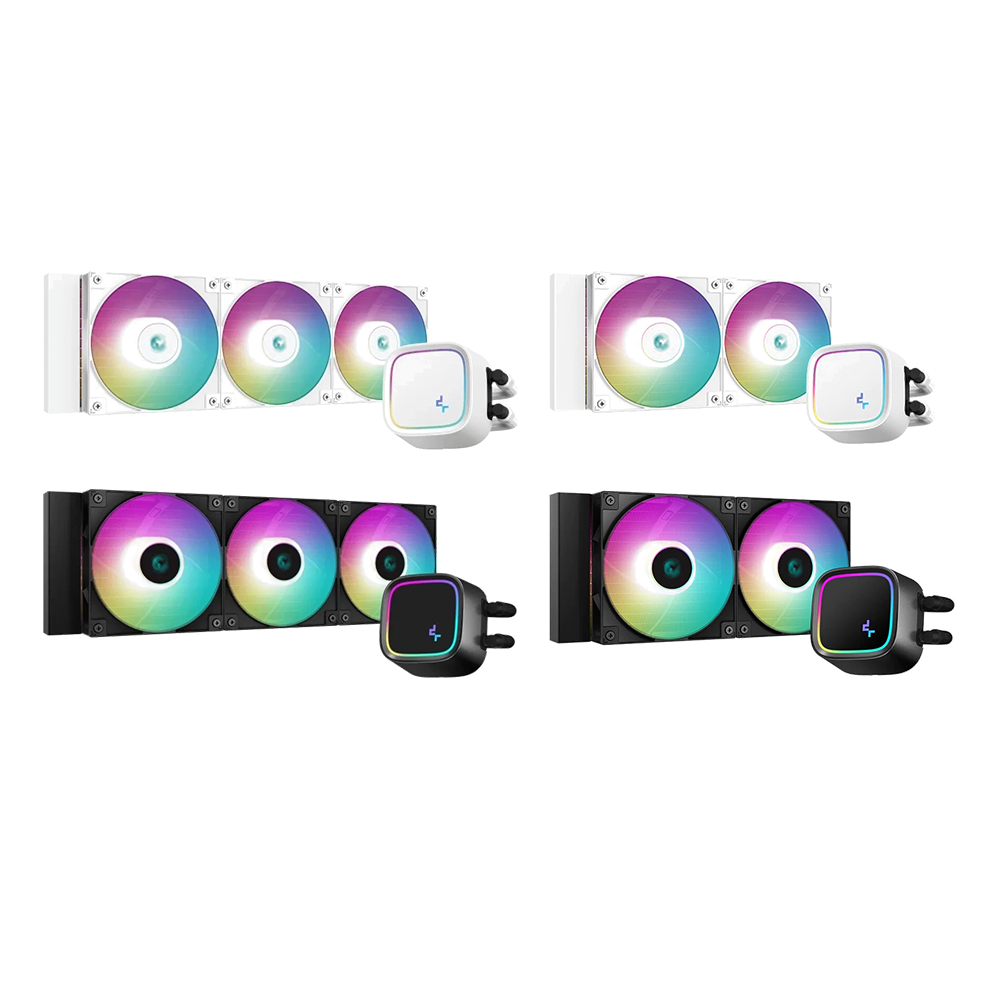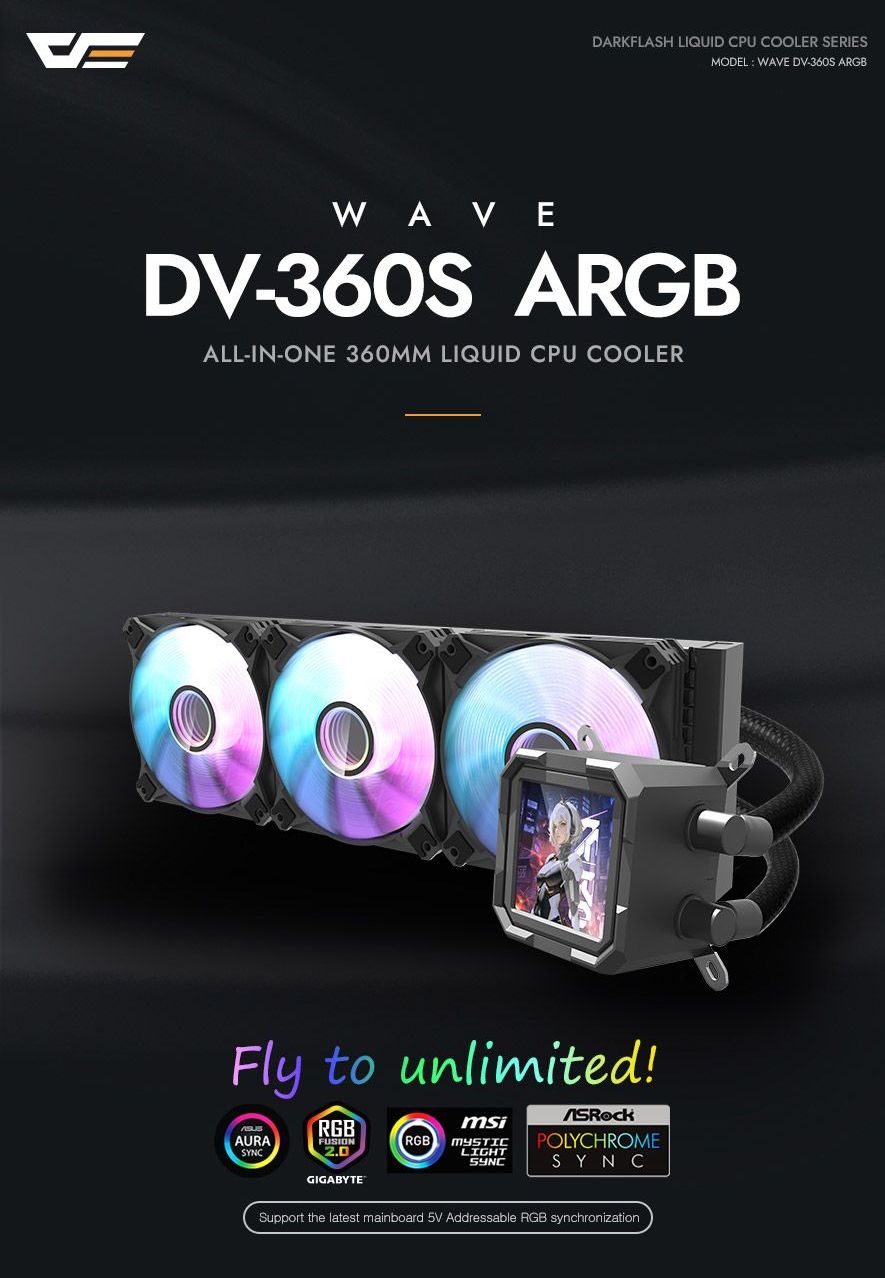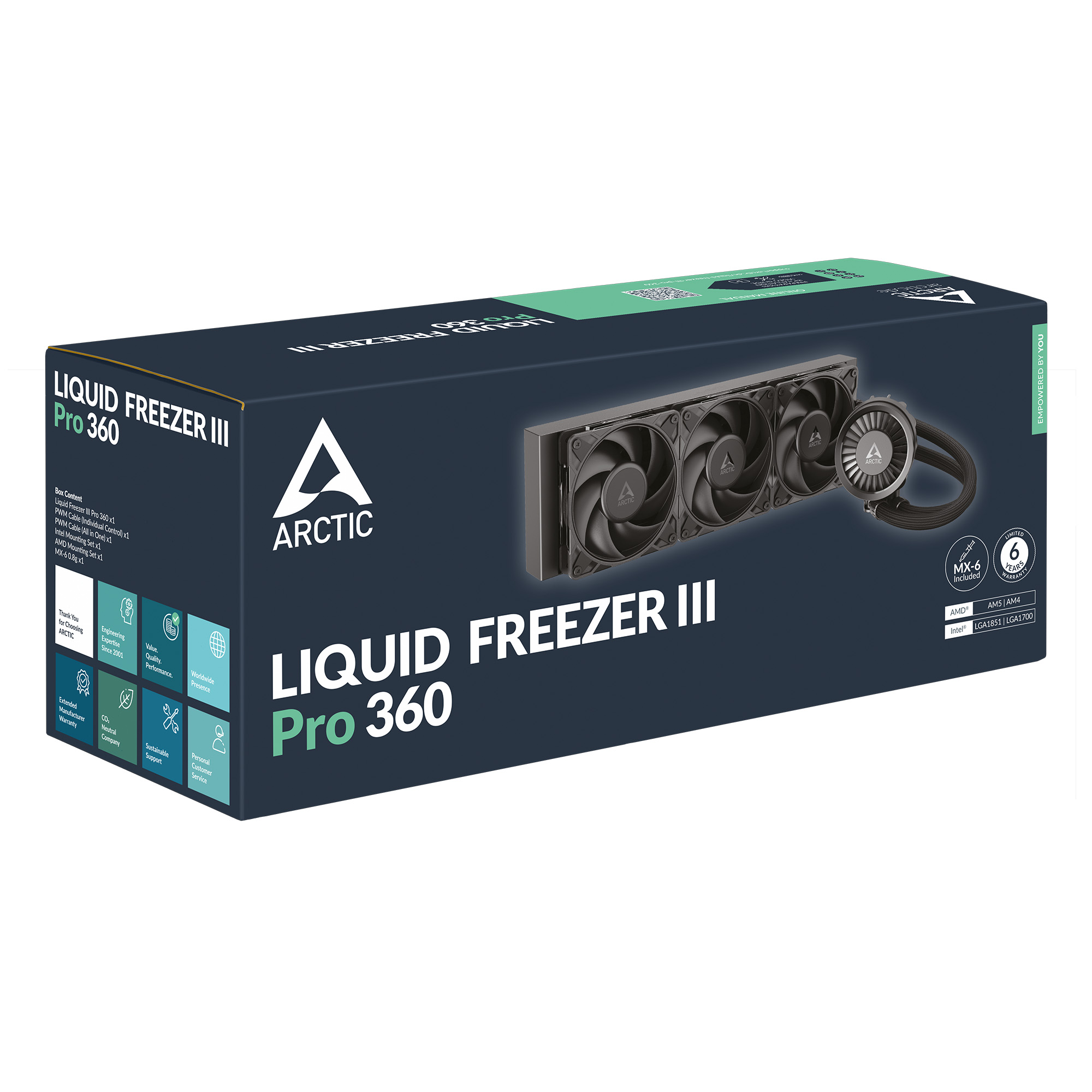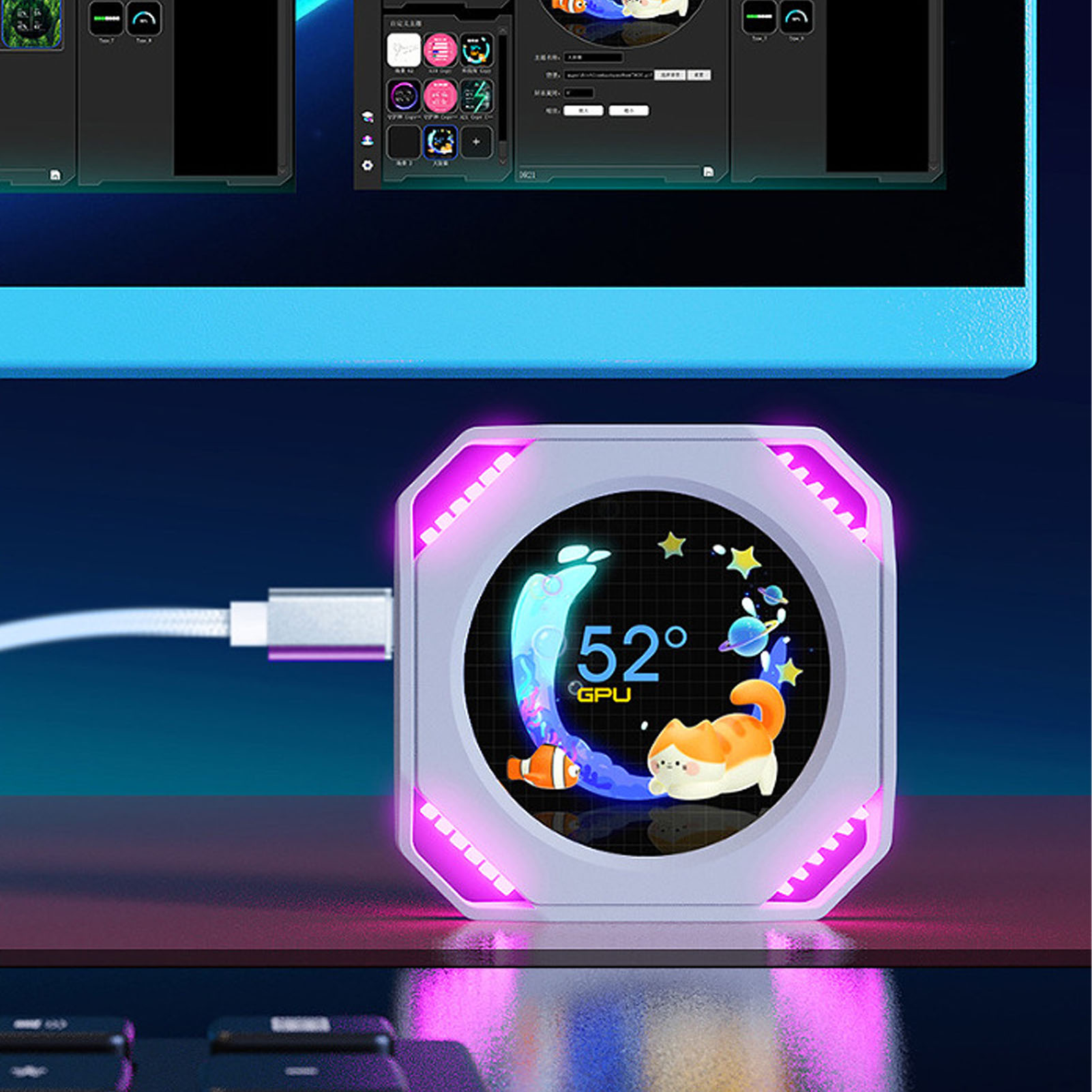Introduction
CPU cooling technology plays a crucial role in maintaining system performance and stability by effectively dissipating heat generated during operation. Without proper thermal management, CPUs can suffer from throttling, decreased lifespan, and even permanent damage due to overheating. This article delves into the intricacies of three primary types of CPU cooling solutions: heatsinks, fans, and radiators. We will explore their working principles, advantages, disadvantages, and real-world applications.
The goal is to provide readers with a comprehensive understanding of these technologies so they can make informed decisions when selecting the best cooling solution for their specific needs. By examining performance factors, comparing different products, and discussing troubleshooting tips, this guide aims to equip enthusiasts and professionals alike with the knowledge necessary to optimize their systems' thermal efficiency.
Understanding Heatsinks
A heatsink is a passive cooling device designed to absorb heat from electronic components and transfer it to the surrounding air. It typically consists of a base plate that contacts the CPU surface and an array of fins or pins that increase the surface area for better heat dissipation.
Working Principle
The primary mechanism behind heatsink cooling is conduction, where thermal energy transfers from the hot CPU to the cooler heatsink material. Heat travels along the base plate until it reaches the fin array. Here, the fins increase the surface area exposed to air, enhancing convective heat transfer.
Types of Heatsinks
- Air-Cooled: The most common type, consisting of a metal base and an array of aluminum or copper fins.
- Vapor Chambers: Similar to air-cooled heatsinks but with a vapor chamber for more efficient heat distribution.
- Soldered Spreader Plates: Copper plates soldered directly onto the CPU for optimal thermal contact.
Advantages and Disadvantages
Advantages:
- Economical and easy to install.
- No moving parts, leading to lower maintenance requirements.
- Fully compatible with modern CPUs without additional power consumption.
Disadvantages:
- Limited cooling capacity compared to active solutions like liquid coolers.
- Less effective in densely packed systems or those with high thermal loads.
Fan-Assisted Cooling Solutions
To enhance the performance of heatsinks, fan-assisted cooling solutions are widely used. These systems integrate one or more fans to actively draw cool air over the fins, improving convective heat transfer and overall cooling efficiency.
Working Principle
Fans work by creating an airflow across the heatsink's surface, helping to dissipate heat more efficiently than passive convection alone. The moving air increases the rate at which thermal energy is transferred from the fins into the ambient environment.
Types of Fan-Assisted Coolers
- Single-Fan: Suitable for low to mid-range CPU cooling requirements, offering a balance between performance and cost.
- Twin-Fan or Multi-Fan: Designed for high-performance CPUs with higher thermal output. These setups often include larger heatsink surfaces and more powerful fans.
- Cooling Radiators: Incorporate multiple small fans mounted on a large aluminum radiator to increase cooling capacity significantly.
Advantages and Disadvantages
Advantages:
- Much more effective at dissipating heat compared to passive heatsinks alone.
- Versatile, offering solutions for a wide range of cooling requirements.
- Better suited for high-performance systems with demanding thermal loads.
Disadvantages:
- Noise generation can be an issue in quiet environments or silent computing scenarios.
- Higher power consumption due to the active fans, which may affect system efficiency.
- Complex installation and potential interference with other components in tight spaces.
Liquid Cooling Solutions
Radiators are an essential part of liquid cooling systems, where coolant is circulated through a closed loop between the CPU and a radiator to dissipate heat more effectively than air alone. This type of system is highly efficient for managing thermal loads in high-performance computing environments.
Working Principle
Liquid cooling involves circulating coolant (usually water or a mixture with added substances like glycol) through channels embedded within the CPU cooler, absorbing heat as it passes over the processor. The heated liquid then travels to an external radiator where its thermal energy is transferred into the ambient air via forced convection.
Types of Liquid Coolers
- All-in-One (AIO): Pre-assembled kits featuring a pump, radiator, and tubing for easy installation. Suitable for most users seeking efficient cooling without extensive DIY setup.
- Liquid Blocks: Customizable setups allowing users to create their own loop with individual components such as pumps, radiators, reservoirs, and tubing.
Advantages and Disadvantages2>
Advantages:
- Exceptionally efficient at handling high thermal loads due to superior heat transfer properties of liquids compared to air.
- Aesthetic appeal, particularly in custom build cases where exposed tubing and components can be showcased.
Disadvantages:
- Complex installation process requiring careful planning and execution to avoid leaks.
- Potential for catastrophic failure if liquid enters sensitive electronic components.
- Increase in system complexity and cost compared to simpler air-based solutions.
Comparative Analysis of Cooling Solutions
Selecting the right cooling solution depends on several factors including thermal requirements, budget constraints, installation space availability, noise tolerance, and maintenance preferences. Here's a brief comparison based on these considerations:
| Cooling Solution | Thermal Efficiency | Noise Level | Maintenance | Cost | Installation Complexity |
|---|---|---|---|---|---|
| Air-Cooled Heatsinks | Low to Moderate | Low | Minimal | Lowest | Easiest |
| Fan-Assisted Coolers | Moderate to High | Moderate | Simple (replacing fans) | Moderate | Somewhat Complex |
| Liquid Coolers | Very High | Low to Moderate | Regular (monitoring and maintenance) | Highest | Moderately Complex to Very Complex |
Installation Considerations
The choice of cooling solution also impacts the ease and complexity of installation. Air-cooled heatsinks are generally the simplest to install, followed by fan-assisted coolers that require additional components but still offer a straightforward setup process.
Liquid cooling solutions can be the most challenging to implement due to their higher number of parts and the risk involved with potential leaks. They often necessitate more space within the case for accommodating tubing and radiators.
Maintenance and Longevity
Regular maintenance is crucial for ensuring optimal performance and longevity of cooling systems:
- Air-Cooled Heatsinks: Periodic cleaning to remove dust buildup, checking thermal paste application condition.
- Fan-Assisted Coolers: Cleaning fans and checking fan cables for wear or damage, ensuring proper lubrication.
- Liquid Coolers: Maintaining coolant levels and inspecting seals for leaks, replacing worn-out components as needed.
Conclusion
Selecting the appropriate cooling solution is vital for maintaining optimal performance and longevity in computing systems. Each type of cooler has its strengths and weaknesses depending on specific use cases, budgetary constraints, and personal preferences regarding installation ease, noise levels, and maintenance requirements.
Air-cooled heatsinks offer simplicity and economy at lower thermal demands, while fan-assisted coolers provide enhanced cooling capabilities with moderate complexity. Liquid cooling stands out for its exceptional efficiency but comes with increased cost and installation challenges.
Ultimately, understanding these factors enables users to make informed decisions about which cooling solution best meets their needs and expectations in terms of performance and reliability.
